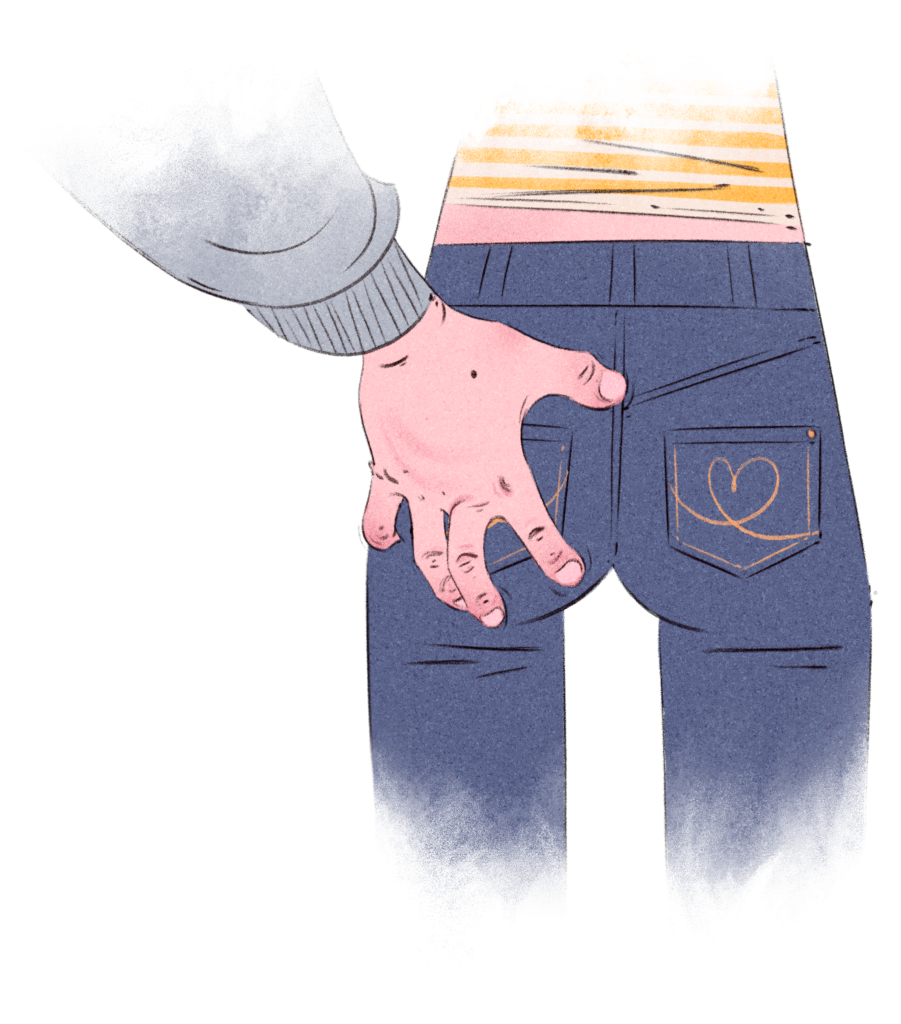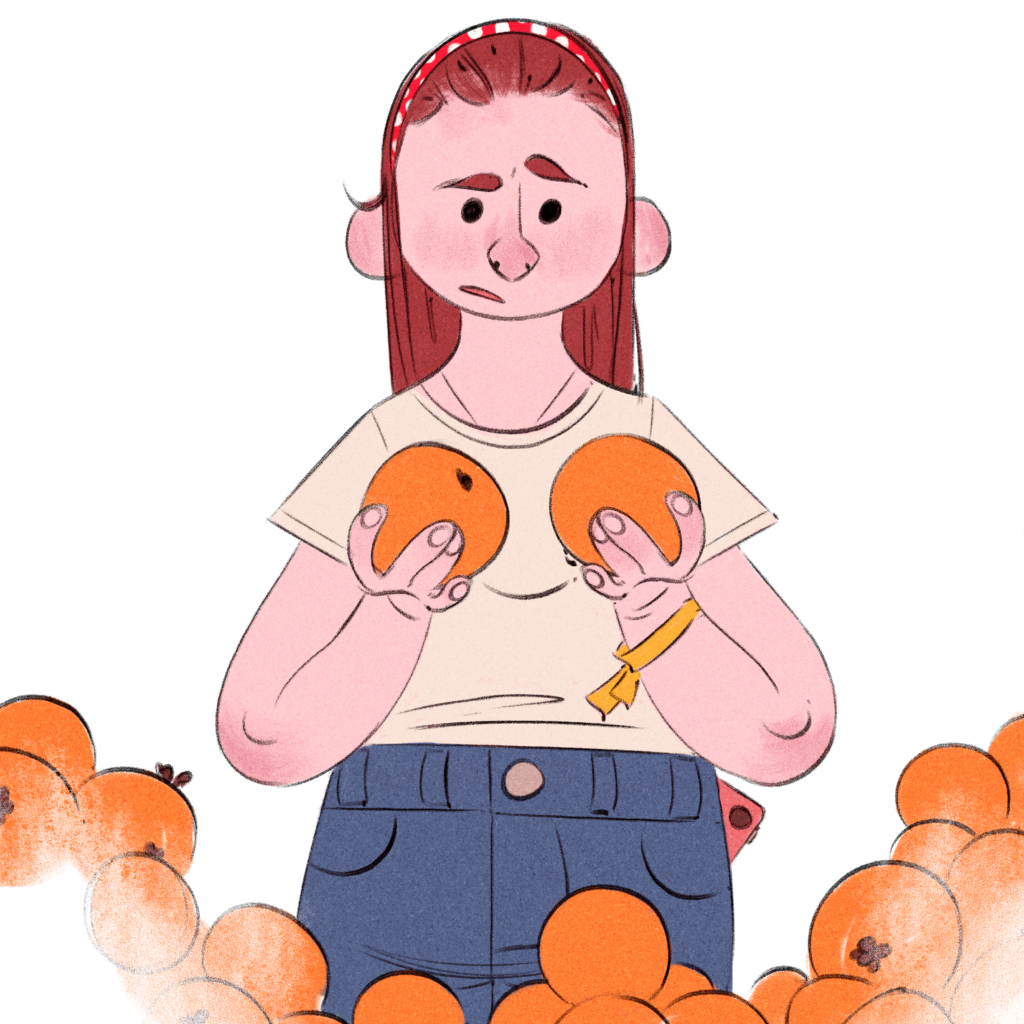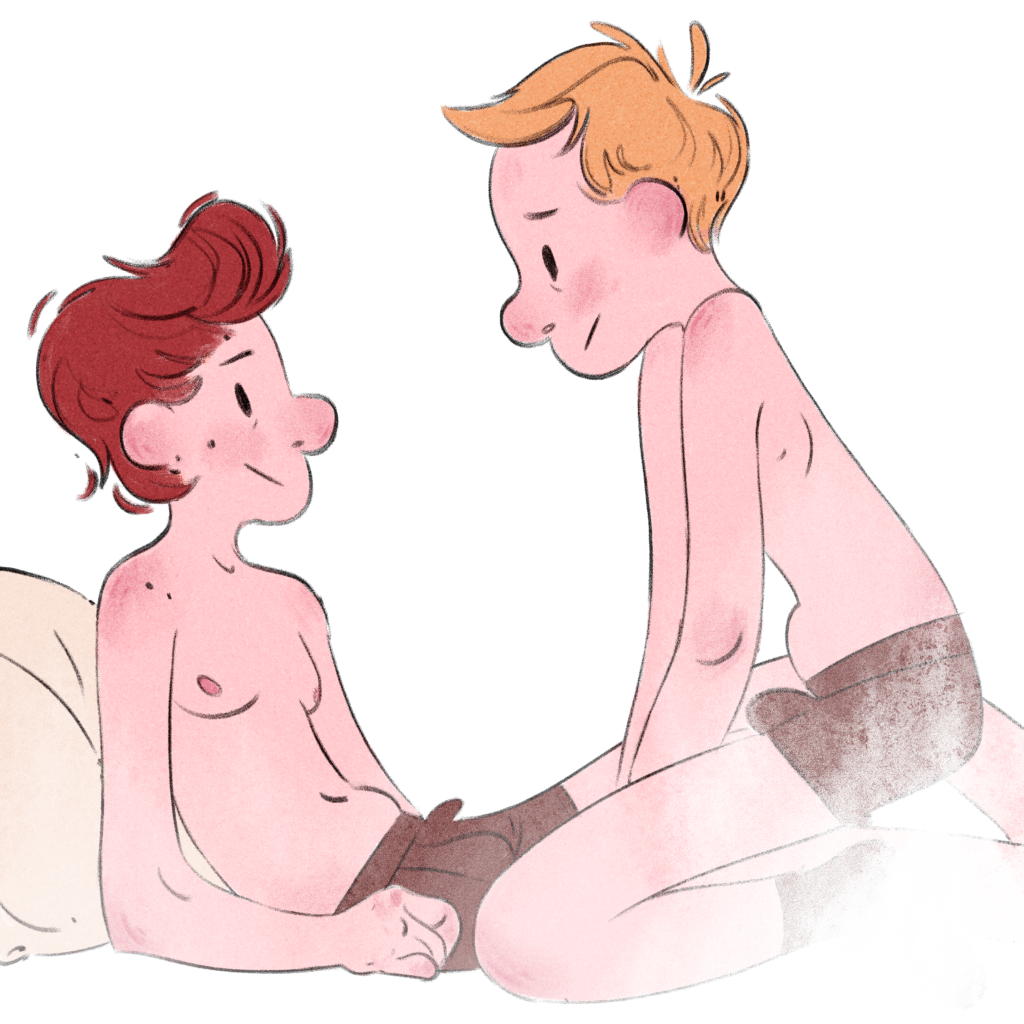Assessment at BUP
When a child or adolescent is referred to the Child and Adolescent Psychiatric Outpatient Clinic (BUP), problematic or harmful sexual behavior (PSB/HSB) may be mentioned in the referral to BUP or referenced in, for example, concerns reported to child welfare services. In other cases, the behavior may emerge during patient conversations at BUP.

The prioritization guide includes HSB
BUP’s prioritization guide establishes that behavioral problems warrant the right to healthcare services. This means that BUP is responsible for providing assessment and treatment to children and adolescents displaying harmful sexual behavior. The behavior must meet a certain level of severity for BUP to accept the case. This is assessed on an individual basis. The severity is evaluated based on the nature of the behavior, its duration, generalization, functional impairment, and the consequences for the child and their surroundings.
Diagnosis
If there is insufficient basis to assign an F-code on Axis 1, an R-code, or possibly a Z-code, should be used on Axis 1, as in other cases. There are no HSB-specific diagnoses in any diagnostic systems, but HSB can be noted in the comments field on Axis 1. Additionally, there are several codes on Axis 5 that are typically relevant. If no other diagnosis is identified, F91.9 “Conduct disorder, unspecified” may be applicable. However, this code cannot be used if the child has only exhibited HSB as a one-time incident.
Basic Assessment
A basic assessment at BUP consists of structured conversations with the patient, parental interviews focusing on the child’s upbringing and development (anamnesis), gathering information from daycare, school, educational-psychological services (PPT), or child welfare services, as well as identifying potential trauma symptoms in both the child and the parents. An assessment of general mental health will address the need to uncover comorbidity (co-occurring conditions), trauma symptoms, or underlying pathology that may explain the child’s behavior.

BUP can invite participants to a consultation meeting
When harmful sexual behavior is identified, it is advisable to establish a consultation meeting with relevant parties, such as child welfare services, the Children’s Advocacy Center, BUP, public health nurses, municipal psychologists, police, Bufetat, and possibly the child’s general practitioner. The goal of the consultation meeting is to exchange information, assess the risk of recurrence, develop a safety plan, create a joint action plan, and allocate responsibilities in the case. Safety work aims to address other children’s need for protection against further unwanted incidents, both within and outside the family, while also protecting the individual exhibiting the behavior from being placed in similar situations again.
Assessment Tools in the Evaluation Process
For children aged 8–12, AIM Under 12 is used, and for children over 12, AIM 3 is applied (see course calendar). PROFESOR is another assessment tool that can be used for those over 12 years old. All assessment tools focus on identifying the strengths and vulnerabilities of the child and their life situation, providing a clearer foundation for determining effective support moving forward. For children under 7 years old, Pattern Mapping (part of AIM Under 12) is recommended.

Discuss in the Consultation Team
If the case is complex, as it often can be, BUP can request an anonymous discussion of the case in a regional consultation team for HSB cases. It is recommended that all involved parties participate in the consultation. This ensures that everyone has the same information and can provide more coordinated support to the child.
Treatment at BUP
The assessment provides guidance on the type of treatment the child should receive. A child struggling with HSB should undergo what is referred to as abuse-specific treatment. Caregivers should be involved in the treatment process. In some cases, the individual exhibiting the behavior may not be able to participate in treatment. In such situations, it is especially important that caregivers receive support and assistance.
AIM treatment is recommended
The AIM treatment manual is recommended, but additional support may also be necessary, as many of these children have experienced other significant life events or face neurological challenges, such as autism spectrum disorder, ADHD, or other functional variations. Trauma therapy or other relevant treatments can then be offered. Additionally, it should be considered whether habilitation services should be involved. Treatment must always be tailored to the child’s age and maturity level.
Different Tools for Use in Treatment
In addition to AIM treatment, there are many other tools available for practitioners. The resource unit V27 Betanien Bergen, for example, has translated the game Planet Porn. RVTS Øst has developed the conversation tool Play it Right, which includes a version with visual support called Let’s Picture It!.
Collaboration with Schools or Preschools
Being a caregiver to a child or adolescent exhibiting HSB can be challenging and difficult. BUP can provide advice and support to caregivers throughout the treatment process. AIM treatment emphasizes the involvement of caregivers in the therapy, expecting them to attend sessions. Experience shows that achieving the desired change in the child requires active participation from caregivers. This often involves helping them understand the child’s behavior, manage it effectively, and offering specific advice on actions that can strengthen the child.
For example, a 14-year-old boy who has previously exhibited HSB towards another child should not be left alone with them. Additionally, efforts should be made to facilitate social relationships with peers. Activities such as scouting, sports, or other recreational activities can provide valuable opportunities for this.
Skrevet i samarbeid mellom RVTS og V27. Sist oppdatert 24.06.24